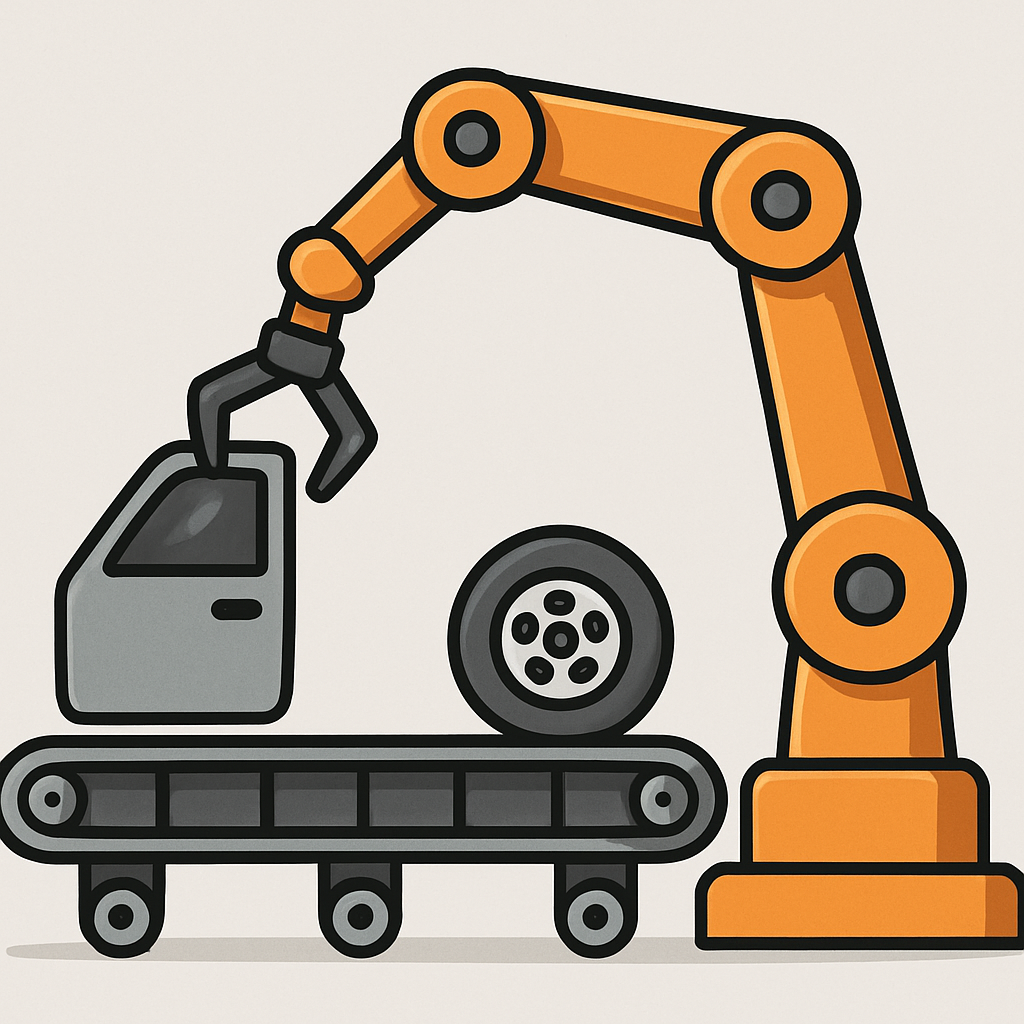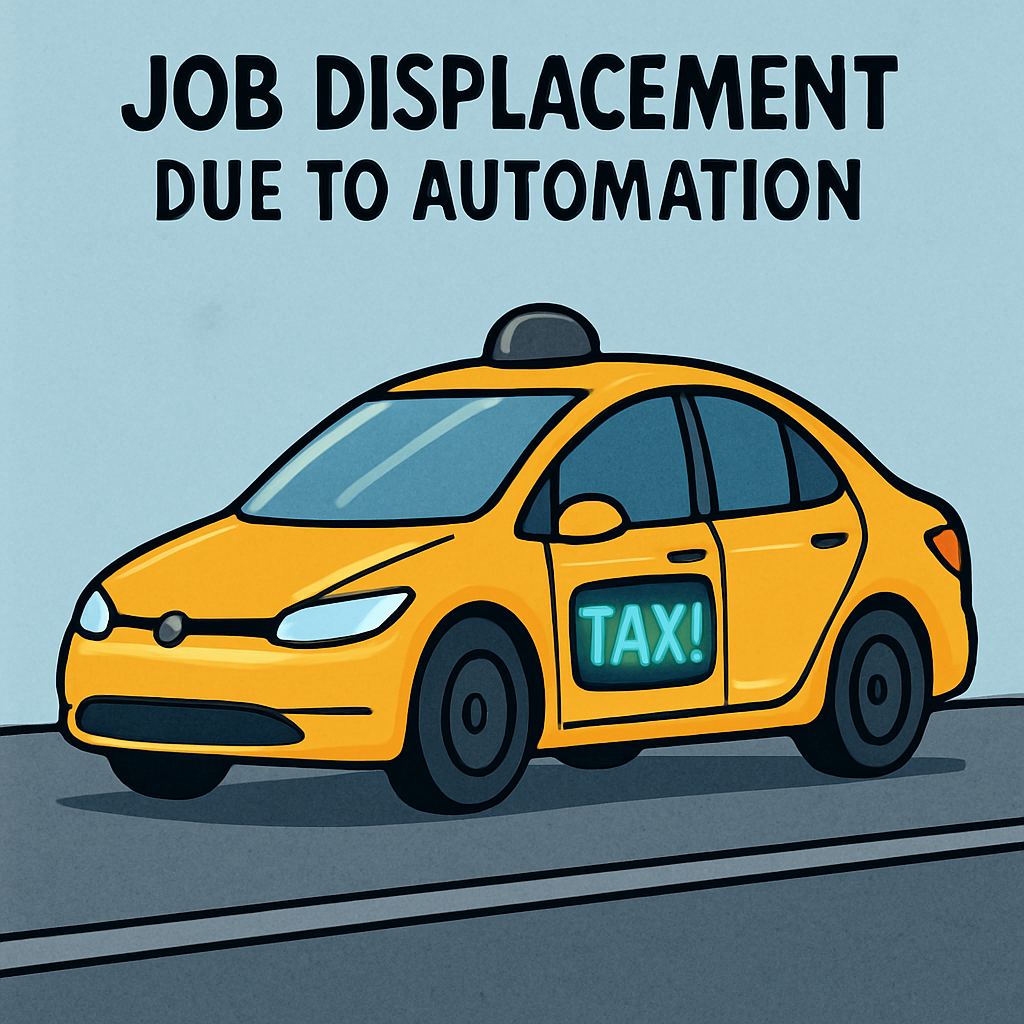In this lesson on automation, you will explore how computing technologies enable efficient task performance and their broader impacts on society. You'll analyse real-world examples and evaluate trade-offs to deepen your understanding of computational thinking and ethical considerations.
You will:
 Automation involves using computing technologies such as algorithms, AI, and robotics to perform repetitive or complex tasks efficiently. This builds on computational thinking principles like algorithmic thinking, where problems are broken down into logical steps that machines can follow.
Automation involves using computing technologies such as algorithms, AI, and robotics to perform repetitive or complex tasks efficiently. This builds on computational thinking principles like algorithmic thinking, where problems are broken down into logical steps that machines can follow.
Over the last century, automation has evolved from early assembly lines (e.g., Ford's factories in the 1910s, which mechanised car production) to modern AI-driven systems, enabled by key developments like transistors in the 1950s that miniaturised electronics, and machine learning in the 2010s that allows systems to learn from data.
Automation can enhance efficiency but raises questions about its societal role, including ethical considerations like job impacts and fairness in AI decisions.
 Computing technology in automation can lead to positive impacts on society and culture, transforming how we work, live, and interact by leveraging the power of algorithms and AI to solve complex problems more effectively.
Computing technology in automation can lead to positive impacts on society and culture, transforming how we work, live, and interact by leveraging the power of algorithms and AI to solve complex problems more effectively.
These benefits can positively shape society, such as improving healthcare through automated diagnostics that provide faster and more accurate results, ultimately saving lives and enhancing quality of life.
 While automation offers many advantages, it is important to also consider the potential downsides. These costs include negative impacts on society, such as ethical concerns, and highlight the need to evaluate the broader implications of using computing technology to automate processes.
While automation offers many advantages, it is important to also consider the potential downsides. These costs include negative impacts on society, such as ethical concerns, and highlight the need to evaluate the broader implications of using computing technology to automate processes.
These costs underscore the complex relationship between computing technologies and society, emphasising the importance of balancing innovation with ethical and social considerations.
Now let's apply your understanding to scenarios, evaluating costs and benefits. Read each of the following scenarios: